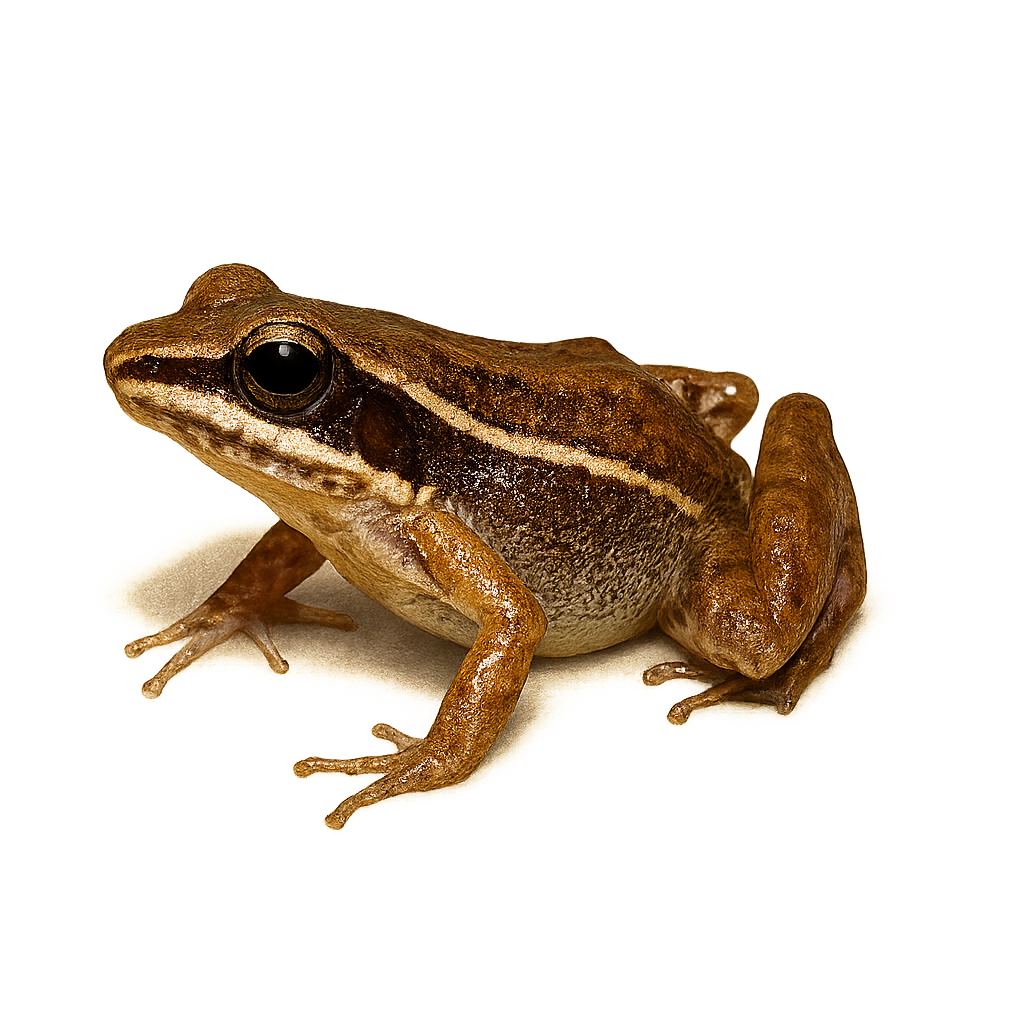Your wildlife photography guide.
Explore the santa rita rocket frog in detail, study its behavior, prepare your shots.
Where to observe and photograph the santa rita rocket frog in the wild
Learn where and when to spot the santa rita rocket frog in the wild, how to identify the species based on distinctive features, and what natural environments it inhabits. The WildlifePhotographer app offers tailored photography tips that reflect the santa rita rocket frog’s behavior, helping you capture better wildlife images. Explore the full species profile for key information including description, habitat, active periods, and approach techniques.
Santa Rita Rocket Frog
Scientific name: Leucostethus fraterdanieli

IUCN Status: Vulnerable
Family: DENDROBATIDAE
Group: Amphibians
Sensitivity to human approach: Suspicious
Minimum approach distance: 2 m
Reproduction period: April to June
Incubation: 12–14 jours
Births: May to July
Habitat:
Tropical rainforests, rivers, marshy areas
Activity period :
Primarily active during the day, with peak activity in the morning and late afternoon.
Identification and description:
Leucostethus fraterdanieli is a small, colorful frog native to the humid tropical forests of Colombia. It is distinguished by its smooth skin and vibrant color patterns ranging from green to brown, often speckled with black spots. This species is typically found near water bodies, where it primarily feeds on insects. Despite its small size, it plays a crucial role in the ecosystem by regulating insect populations. Its reproduction is aquatic, with eggs laid in water where tadpoles develop. Deforestation and water pollution threaten its natural habitat, making it a vulnerable species.
Recommended lens:
Macro – adjust based on distance, desired framing (portrait or habitat), and approach conditions.
Photography tips:
To photograph Leucostethus fraterdanieli, focus on early morning hours when natural light is soft, highlighting the frog's vibrant colors. Use a macro lens to capture the details of its skin and distinctive patterns. Approach slowly to avoid startling it, maintaining a safe distance of at least 2 m. Using a tripod can stabilize your camera for sharp shots. Be mindful of the environment to avoid disturbing its natural habitat.
The WildlifePhotographer App is coming soon!
Be the first to explore the best nature spots, track rutting seasons, log your observations, and observe more wildlife.
Already 1 439 wildlife lovers subscribed worldwide

